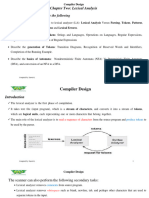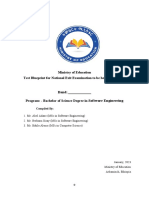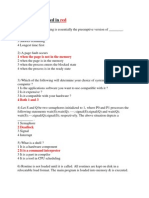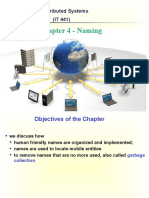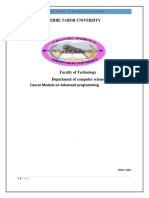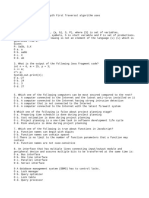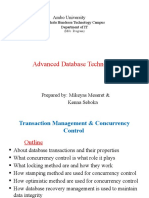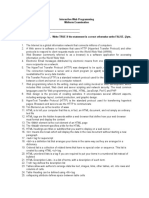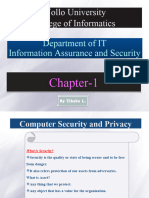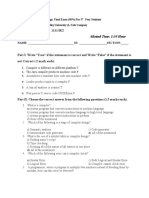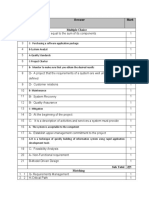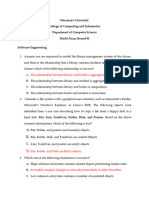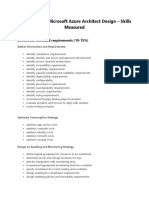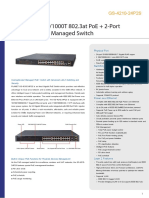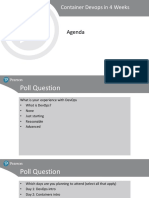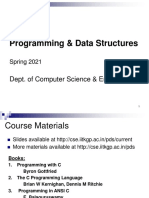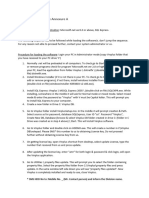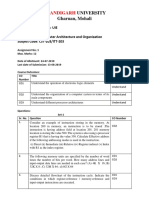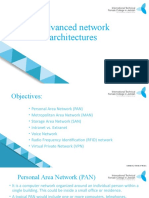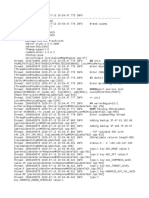100% found this document useful (1 vote)
422 views3 pagesChapter 3 Software Frameworks For Real Lecture
Uploaded by
fikruCopyright
© © All Rights Reserved
We take content rights seriously. If you suspect this is your content, claim it here.
Available Formats
Download as PDF, TXT or read online on Scribd
100% found this document useful (1 vote)
422 views3 pagesChapter 3 Software Frameworks For Real Lecture
Uploaded by
fikruCopyright
© © All Rights Reserved
We take content rights seriously. If you suspect this is your content, claim it here.
Available Formats
Download as PDF, TXT or read online on Scribd
/ 3










